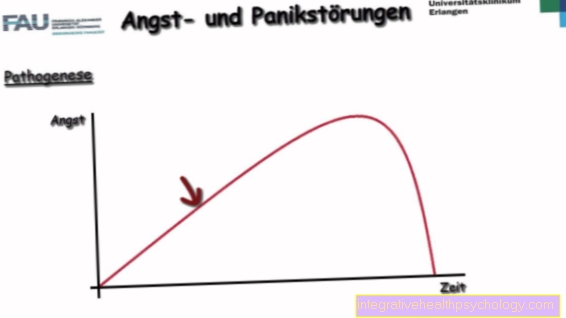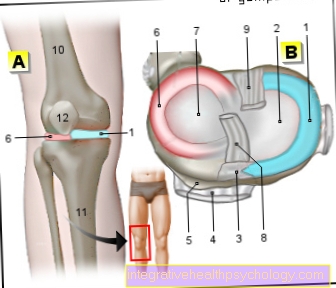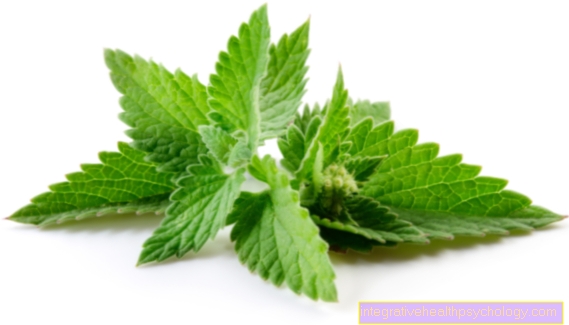Anaerobic training
What is anaerobic exercise?

With anaerobic metabolic processes, the body needs as much energy as possible for a short period of time and this cannot be covered by the aerobic energy supply. The energy reserves are then used with energy provided without oxygen. However, this energy supply is already used up after eight to ten seconds.
To replenish these stores, the body needs creatine phosphate, which lasts for another twenty seconds. A large part of physical activity (more than 90%) is performed aerobic. That means that the energy supply takes place with the participation of oxygen. Only a small proportion of a maximum of 10% of the energy provided occurs without the participation of oxygen in an anaerobic way. One could now assume that this 10% does not play a major role in an endurance run or a 5 km race. A large-scale study then examined which factors are the most important in a 5 km run. Contrary to all expectations, the aerobic performance was not decisive. Rather, in addition to the time to exhaustion (TTE = time to exhaustion) the anaerobic performance is decisive. The better the anaerobic performance of an athlete, the better the 5 km time.
This is particularly clear from the fact that, especially towards the end of the race, when the athletes run as fast as possible again and mobilize the last energy reserves, the energy is provided almost exclusively via an anaerobic route.
The advantage of a higher level of training is particularly evident in this area of the race. Anaerobic endurance performance is not as important everywhere as in the middle distance. Middle-distance athletes in particular should take care to develop their anaerobic system well.
Anaerobic training should only be done to a certain extent, as too much anaerobic training can have a one-sided training effect. You lose muscle fibers that are necessary for slow, persistent movements and then train your fast-twitch muscle fibers, which are important for sprinting. Especially in running anaerobic training is used to train the competition-specific endurance that decides on victory or defeat. Since the intensity of such training is around 90% of the maximum heart rate, too frequent training in the high range can overwhelm and damage the cells.
Interval training 1
When it comes to training, there are different approaches to how to do the Train anaerobic threshold should. The 1000m intervals are a variant of what anaerobic threshold training can look like. If you assume an athlete who does 50 km running training per week, then you should apply 10% of the weekly mileage for 1000 m intervals. In this case you would get five kilometers, or five times 1000m intervals per training unit. After warming up you start with the first three 1000m intervals. These are completed at the same race pace as in a 5 km run. The Rest breaks between the intervals can be just as long or slightly shorter than the exercise phases. The last two intervals of the training session are divided. The first 600 meters of each interval will be like the first three kilometers of the Competition speed completed and then the following 400 meters a few seconds faster than the competition speed. This gives you 800 meters per training unit, which can be completed in the anaerobic area and which can shift the anaerobic threshold. The break between the last two intervals can be a little longer than the previous ones due to the higher load.
Interval training 2
For example, if you only run 40 km per week, you can do your interval training in one 2-2 system split, because you only have to run 4 times 1000 meter intervals. The 1000m route can either be completed on a running track or marked in a park or on a 1000m road. It is particularly effective when you have the Walk slightly uphill for the last 400 m got to. This will automatically get you into one anaerobic training area. You can also use a variable recovery training perform, in which a 400m interval is run that is a little faster than the 5 km competition time. The break should last as long as the exercise time. A second recovery interval is run at the same speed, followed by one six to eight minute break completed. Now two intervals are run again at the same speed as before the break and then another six to eight minutes break. This change is carried out until one is exhausted or the ten percent mark is reached.
Anaerobic training in weight training
Anaerobic training can also increase strength and muscle mass and is therefore also used by strength athletes and bodybuilders. Anaerobic training can be used for short, intense loads that last up to two minutes Efficiency noticeably increase. Resistance to muscle contraction is used in strength training to increase anaerobic endurance and muscle size. Through anaerobic strength training cardiac output and cardiac muscle size increase, whereby the Heart can beat faster. For professional groups such as police officers, soldiers or firefighters, aerobic training is not enough to always meet the requirements of the profession. Therefore, anaerobic training, in whatever form, is an important contribution to a balanced level of performance.
Disadvantages of anaerobic exercise
Anaerobic exercise also brings disadvantage with themselves that should not be ignored. Anaerobic training picks up exclusively Sugar as an energy supplier back. sugar provides energy quickly and is easy to transport into the muscle cells. In addition, anaerobic training leads to the production of performance-impairing metabolic wastes, which are also called fatigue substances. Lactic acid and lactate are such metabolic wastes and, from a certain concentration in the blood and muscles, ensure that the Performance drops and the muscle cramps at some point because there are too many Fatigue substances contains. After a highly anaerobic training, the recovery time is comparatively longer, since the loads are at a maximum and therefore the recovery also takes longer than with aerobic training. If this longer regeneration time is not adhered to, in the long term, reduced performance or injuries can occur. In addition, due to the high loads, if used too often, the Cardiovascular system overwhelmed is. This can also result in a loss of performance or heart muscle inflammation or the like. In addition, there are factors such as a possible weakening of the immune system and an increased one Stress factorboth of which can also occur from overuse anaerobic exercise.





























